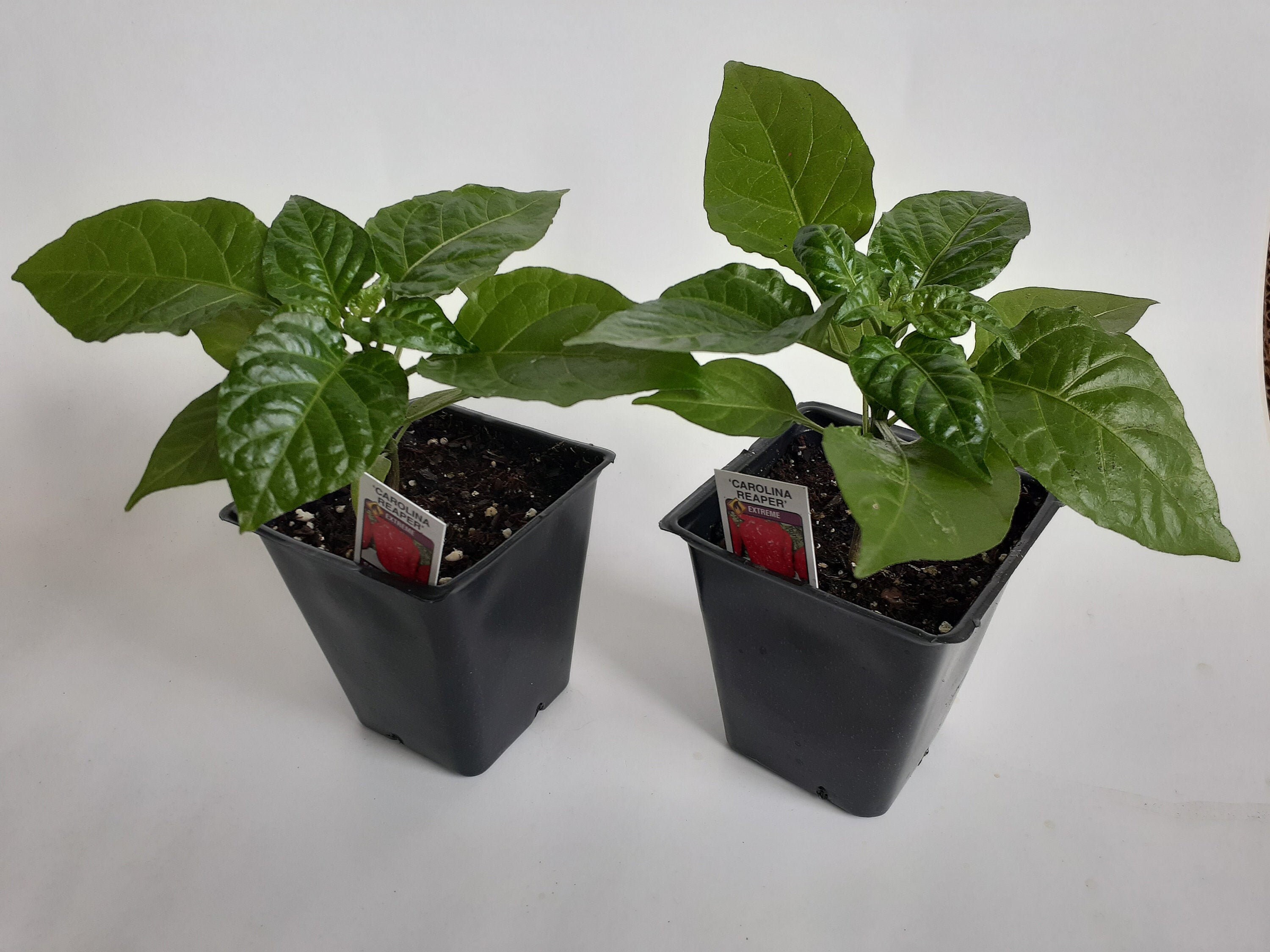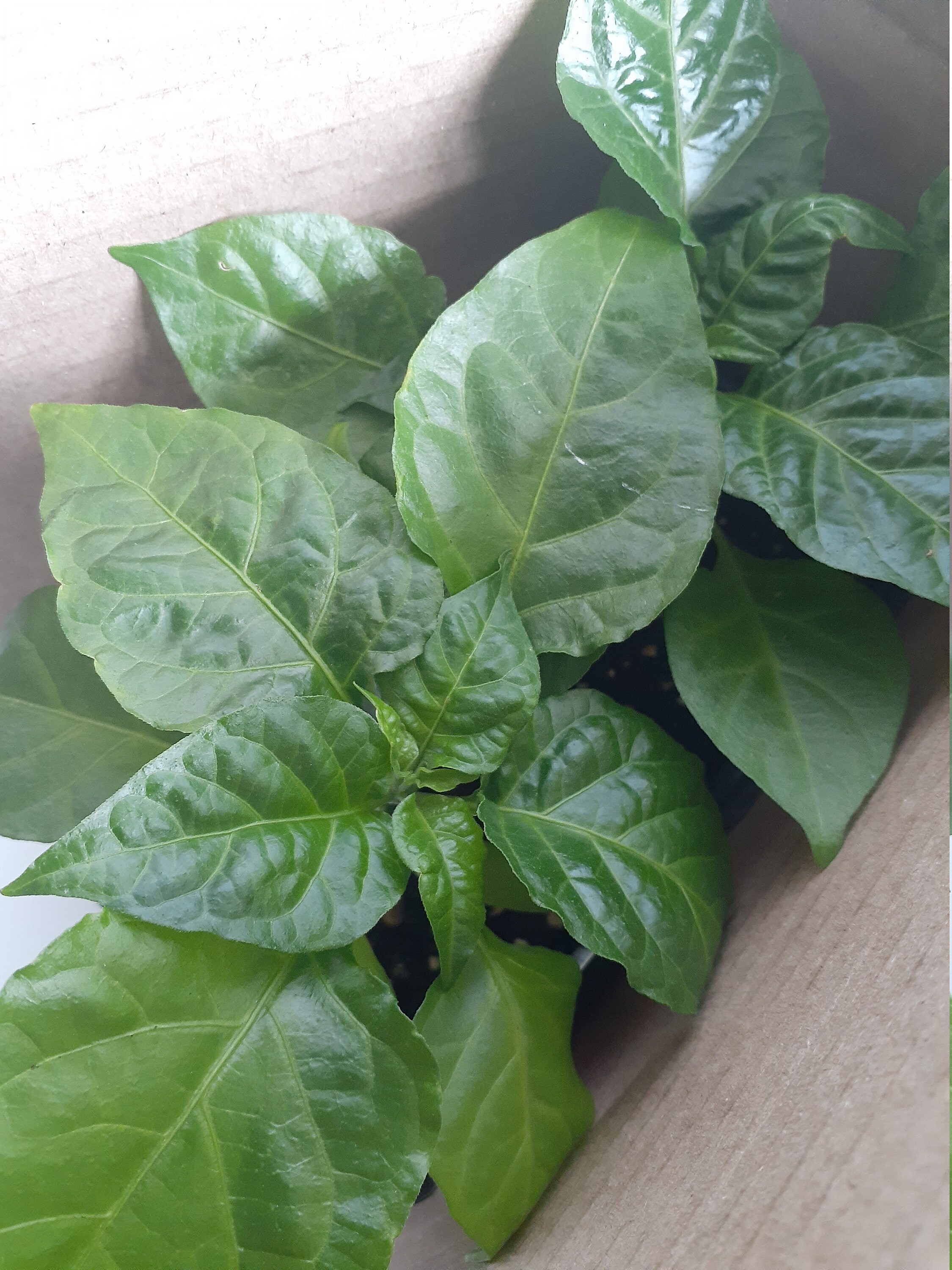

You will find you need to water very infrequently as the plants begin to shut down in the lower light levels.

The potting mix should be left to get almost dry before watering. Again, a conservatory would be ideal given the generally superior quality of light found there. Light levels are already low over winter but indoors they’re even lower, so place your peppers on the sunniest windowsill you can find. In most cases an indoor windowsill, away from heat sources, is just fine. Overwintered peppers need to be kept somewhere that remains comfortably above freezing. Prune container-grown peppers to a manageable size before bringing them indoors Temperature, Light and Water Needs Any remaining leaves may turn yellow and drop off too, which is, again, completely normal some plants will sit through the winter leafless, but will burst into growth again in the spring. This is absolutely normal – no need to panic! Simply prune back to where the stems are green. As fall progresses the stems are likely to die back further. Make each cut just above a bud and use sharp, clean secateurs. You will need to reduce the top growth by half to three-quarters to allow for the inevitable loss of roots, but with luck you should be successful.Ĭontainer-grown peppers may be pruned to fit the space you have to overwinter them. That said, if you have strong, healthy plants growing in the ground try digging them up with as much of their original rootball as possible, then pot them into large containers with fresh potting mix fed in around the sides. This avoids any unnecessary root disturbance, reducing the risk of failure. It’s best to start with peppers that are already growing in pots. My chili peppers have done me proud, and seeing as I have windowsill space it makes sense to give overwintering a go. To succeed you need to start with healthy plants, be able to offer your peppers a frost-free spot and keep a constantly searching eye out for their nemesis, the aphid. Sounds good to me! Overwintering peppers can help extend your picking period Why bother? Because coaxing peppers to keep going for another year gives you an instant head start on the new growing season, shortening the time to fruit production, extending the picking period and giving you an overall heavier harvest. Yet these hard-working plants are perennials that, given the right conditions, will happily overwinter to next year.

Peppers of all types are grown as annuals by most gardeners: sown, grown, picked, then condemned to the compost heap at the end of the season. And since the second half of summer they’ve been yielding chili pepper after chili pepper – after chili pepper! Pepper seedlings growing steadily on the windowsill Moving Peppers Indoors for Winter Periodic potting-on kept seedlings and then young plants growing steadily. The seedlings were slow to germinate, I’ll admit, but once they (finally!) appeared I moved them on into the greenhouse, which by then was warming up nicely. I didn’t bother with a propagator but I did do the old clear polythene-bag-over-the-pot trick to keep humidity up. They were sown about a month before my last frost date to germinate on an indoor windowsill. So if you’ll indulge me for just a moment, I’d like to share my extraordinary run with this year’s chili peppers. Sometimes you can’t help but be a little boastful.


 0 kommentar(er)
0 kommentar(er)
